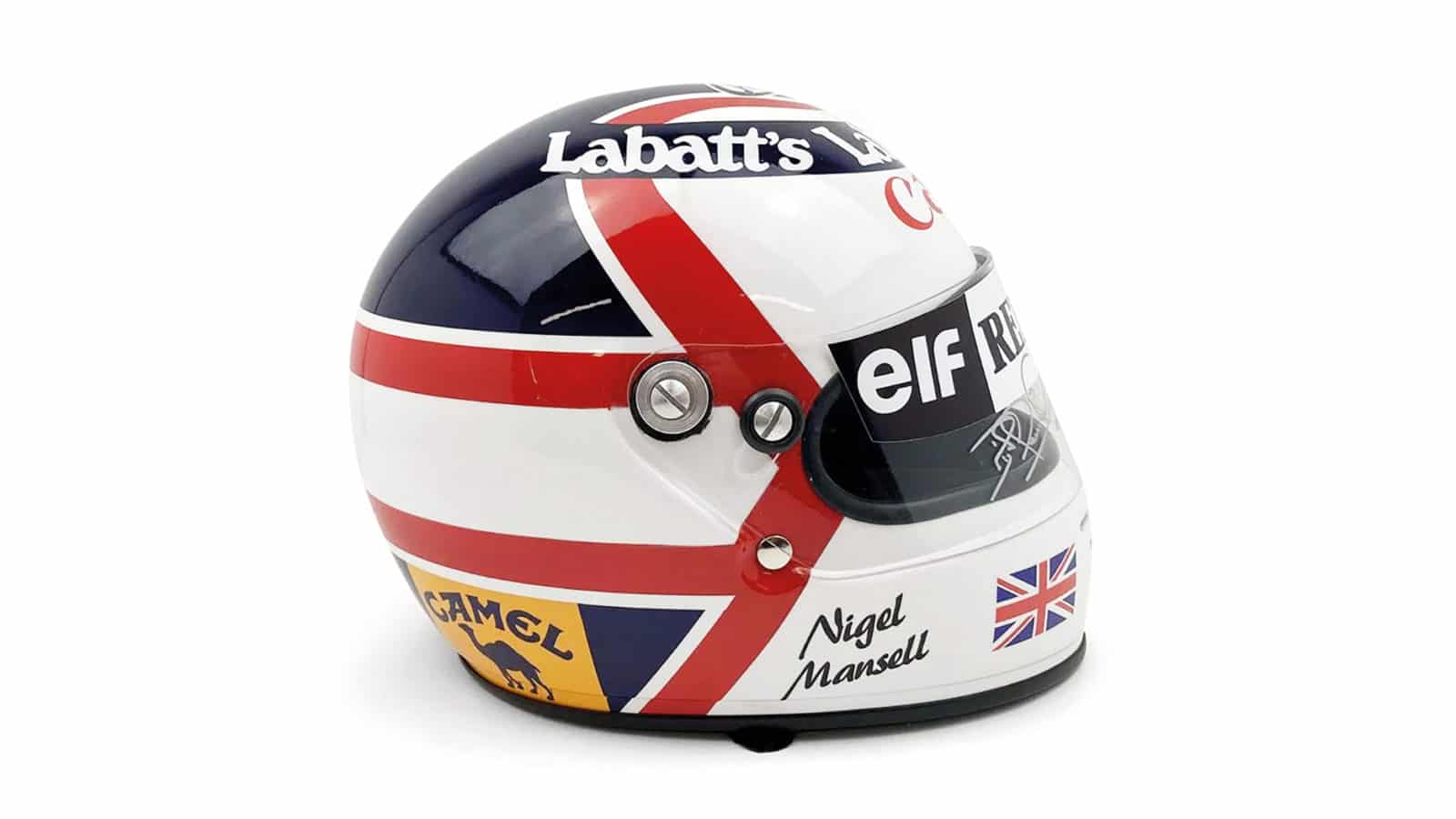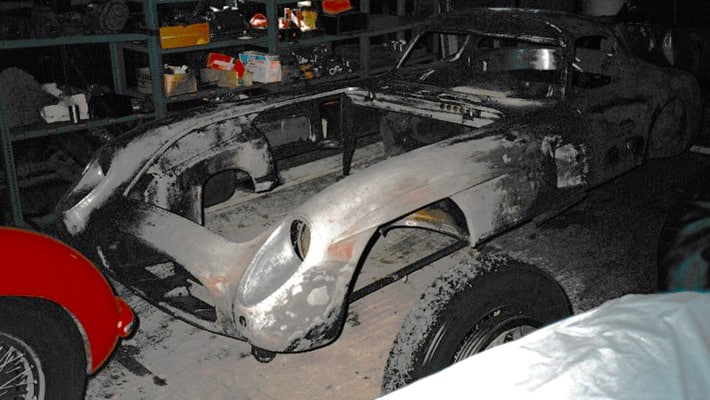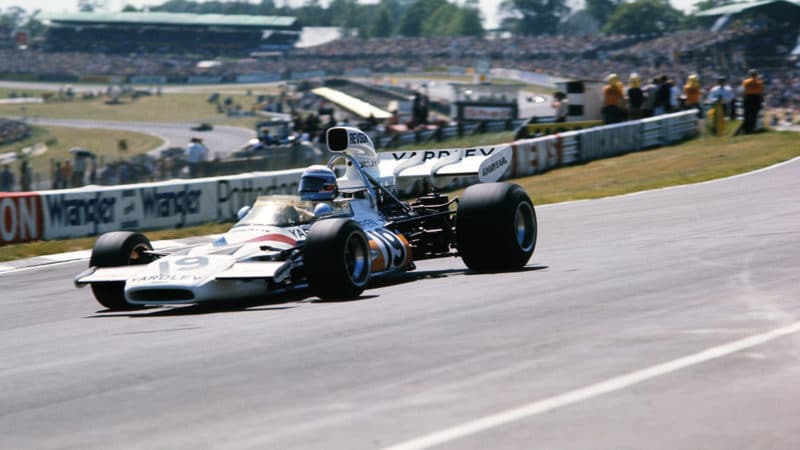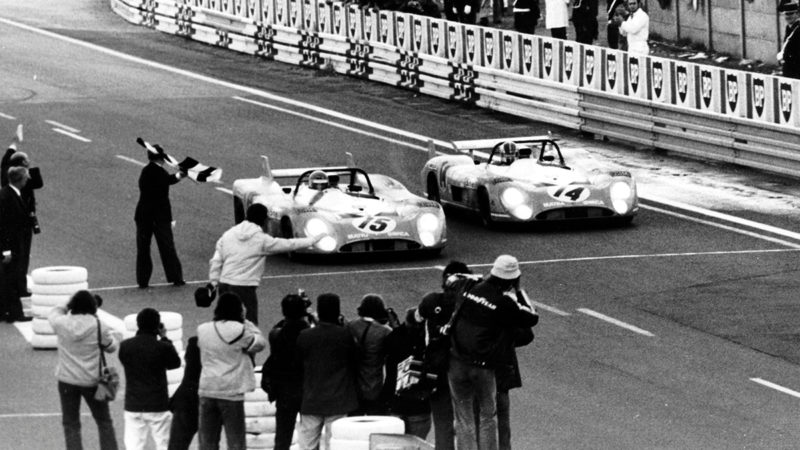Letters, October 2022

Nigel Mansell’s highly recognisable helmet design was the handiwork of our reader – then 18 years old.
I read your book review on drivers’ helmet design (Books, September 2022) and would like to add a few unknown details to the background of Nigel Mansell’s iconic helmet, as aged 18 I was the creator of the design. In 1977 after winning the Formula Ford Championship, Nigel was just advancing to Formula 3 and mentioned to me he was upgrading to a Bell helmet. I suggested a new design and prepared some sketches. Nigel was very patriotic and I used a stylised Union Jack as inspiration. To my amazement he used it exactly on his new helmet! Over the years Nigel modified the design only slightly (‘Nigel’ was on the side of the first helmet) to accommodate sponsorship deals.
I went off to study architecture in 1979 and we never met again until I bumped into him in Piccadilly in 2016, and of course I mentioned the helmet. I don’t think he remembered much about those days but I certainly do, such as being chauffeured back home by Nigel to Solihull from Donington Park in an Escort RS2000 – he never wore a seatbelt at that time in a road car – and his invitation to come and have a look at his red Crosslé FF. Whenever I see the helmet I remain immensely proud of my very small contribution towards his outstanding achievements. His determination to succeed during those sometimes dark early days still remains truly inspirational.
Paul McGrath
by email
There was a time, not so very long ago, when driver’s helmets were their signature on track. You could always recognise Innes Ireland’s chequered band and how could you miss Senna’s iconic yellow?
Nowadays I regret that a grand prix driver cannot be identified by their helmet, most, it seems, being changed on a race-by-race basis. But more than that I regret the self-indulgent statement that it makes about F1. Changing a helmet for reasons of safety I understand, but at around £5000 a pop, changing your helmet as a style statement is just indulgence.
Surely Formula 1 should be a pinnacle of demonstrable and actual efficiency (and those responsible for its image should be taking every opportunity to demonstrate that). Twenty drivers changing their three helmets at every race in a season would add up, by my calculations, to a yearly spend of £6.6m.
Cost cap? I think not. Costly cap? Certainly.
Tim Greenhill
by email
During the late 1980s I joined [8C Alfa expert] Simon Moore on a trip to legendary historic car restorer Tony Merrick’s workshops west of London to pick up Simon’s Alfa Romeo 8C 2.9 roadster, which Tony had been fettling.
Tony kindly gave me a guided tour of the cars, including one of the Mercedes-Benz 300 SLR Uhlenhaut Coupés (Sale of the Century, August) that was in the process of a total restoration. I don’t know which one of the two it was as Tony had been trusted to restore both by Mercedes.

Is this the world’s most expensive car undergoing restoration west of London in the 1980s?
I took a photograph (below) of the body separated from the chassis, as we marvelled over both in detail. Tony was fascinated by the engineering innovations he was finding on the car. He told me to lift the bare body from the rear. Amazingly, I could easily lift the whole rear of the body with one hand – pure magnesium! To me it is a shame that the Uhlenhaut Coupés were never raced, but hopefully with the sale of one to a private collector we may see it being demonstrated at some events in the near future.
Dennis Thalmann
Ladenburg, Germany
Unlike Graham Matthews (Letters, September) I attended the first five Goodwood Festivals of Speed, but ceased attending when there were too many bales and people.
The first one only had a string line set a little way back from the road, but I now see that there are two lines of bales rather than the one when I last went. It became too commercial for my liking as time went by, so now I watch the highlights on TV.
I only live five miles from the circuit, and used to take a picnic breakfast and lunch, arrived as the gates opened and left when the crowds had dissipated.
Mike F Young
Barnham, West Sussex
We have come a long way since the first Festival of Speed when all there was between the spectators and the speeding cars was a length of rope supported by a line of posts.
Geoff Whyler
West Sussex
Just seen the fine article in your May issue about BRP (“I got the feeling we were being pushed out by the Establishment”). They plainly did have high standards – but the standards of the early 1960s were not those of today. As a schoolboy, I went to their factory several times in 1963, once just after the Monaco GP. Jim Hall’s Monaco car was up on trestles, stripped of wheels and bodywork, with a mechanic crack-testing the bell-housing. After some sharp aerosol hisses, a really impressive crack showed up, leading to this:
Schoolboy: “Coo – are you going to change it?”
Mechanic: “Nah – it’s been like that since Silverstone.”
That had been two weeks earlier, and the next GP was Spa.
Steve Cansick
London
One of your ‘Great Read’ emails arrived yesterday; it was Andrew Frankel on Peter Revson. The piece reminded me of sitting in the Paddock Hill grandstand at Brands Hatch during practice for the 1972 GP. My friend turned to me and said, “Everyone seems to be trying except Revson,” and almost immediately the commentator announced, “Fastest – Peter Revson”. That says it all, really.
Jeremy Wheatley
St Albans

McLaren’s Peter Revson at the 1972 British Grand Prix – not even trying
As an avid F1 and motor racing fan for almost 40 years, I felt profound sadness upon reading Ross Brawn’s interview (A Banner for the Future, August). So much so, it would have been fitting for it to appear under ‘Obituaries’, in memory of the F1 which I loved, but has now officially been given its last rites. I strongly fear that we are placing too much power in the hands of the manufacturers. What happens if the German economy tanks? Where are the ‘Cosworths’ to fill the grids, if needed? We are putting too many eggs into that particular basket, in terms of their influence on its direction. Motor racing can suddenly be extremely awkward on balance sheets if you’re having problems with the euro, your share price, or your workforce. They could easily walk.
Elsewhere, to me, F1 is deviating down a track I don’t want to go down. Regular questions on the F1 Fan Voice Survey reveal a bizarre obsession with whether the podium ceremony attractively reflects the host country. I couldn’t care less either way. I want to watch a great race, finished by three blokes standing on a box. If I want travel, or foreign culture, I’ll watch a travel programme.
It’s supposed to be ‘the’ elite sport, and yet they seem far more concerned with paying lip service to off-track global issues, which is virtue-signalling ‘window dressing’, in my view, while the house merrily burns down around them.
I think it’s clear, though, that my demographic isn’t their ‘desired audience’ these days.
Oh well. RIP F1, you were utterly fantastic. I will see you again in historics and via the wonderful ‘seance’ that is YouTube!
Jon Elson
Cambridgeshire
I just wanted to say that the Le Mans article on Graham Hill’s triumph at Le Mans (Triple Crown tales, August) was wonderful, giving the background to that famous victory. It was interesting that at 43 Hill was seen as old and some worried that his eyesight was not up to the night driving.

The Matra MS670 of Graham Hill and Henri Pescarolo takes the flag at Le Mans 1972 – despite the British driver’s age
ISC Archives/CQ-Roll Call Group via Getty Images
For a driver who worked his way up with absolutely no silver spoon to his success in all forms of motor sport, he seems often not to be rated as one of the all-time greats. But his sheer determination and ‘never give up’ attitude, along with his huge wealth of experience, must be a large part of that winning combination.
How times have changed since then, when a fourth car could be added late on and a journalist could be key to putting drivers into the team! Great article, thank you.
John Finch
Yalham Hayes, Somerset
I’m hoping that the only tiny chink of light in the tragic recent passing of that wonderful Boys Own character Alain de Cadenet is that someone will be prompted to write his biography. A boyhood hero.
Paul Thwaites
Leamington Spa
Contact us
Write to Motor Sport, 18-20 Rosemont Road, London, NW3 6NE or e-mail, [email protected]
